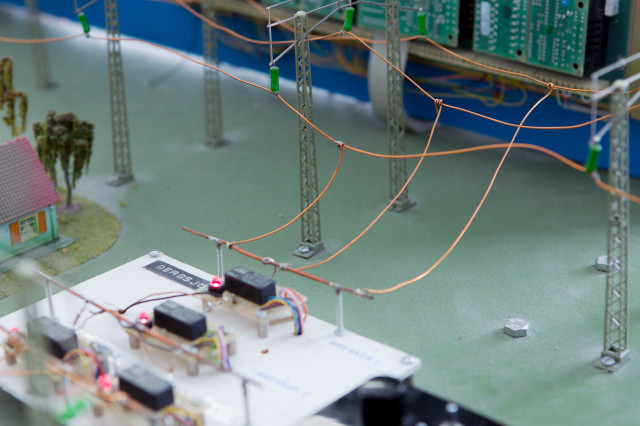Den här kursen introducerar studenten till grunderna i numerisk modellering av elektromagnetiska problem. Metoderna som introduceras är relevanta och används dagligen i industrin och akademin för forskning och utveckling. Vi behandlar
- numeriska metoder (FEM, FDTD, etc.) för lösandet av elektromagnetiska problem
- framtagning av eget simuleringsverktyg för ett specifikt problem
- användning av kommersiella simuleringsverktyg för lösning av generella och avancerade problem.
